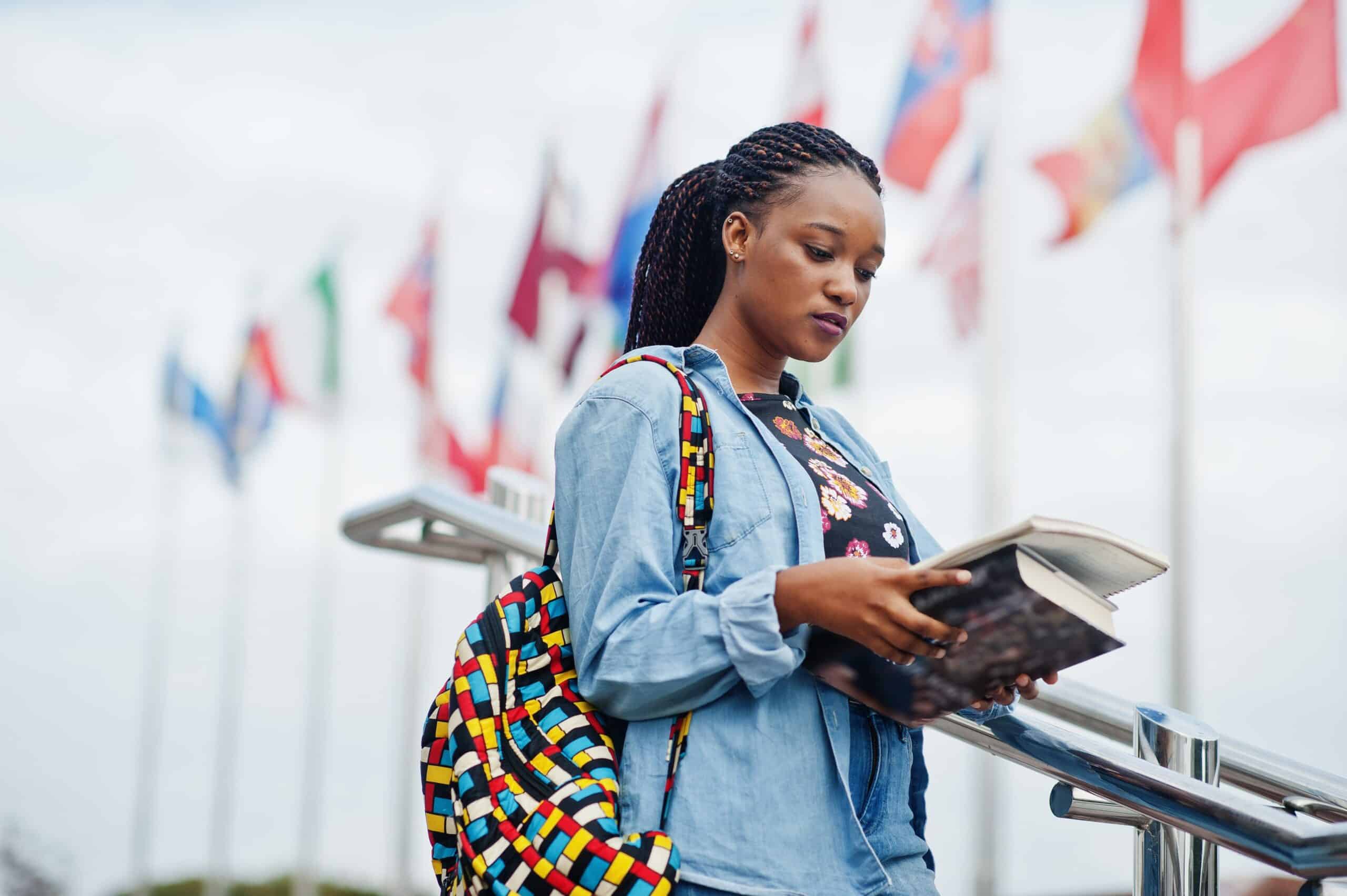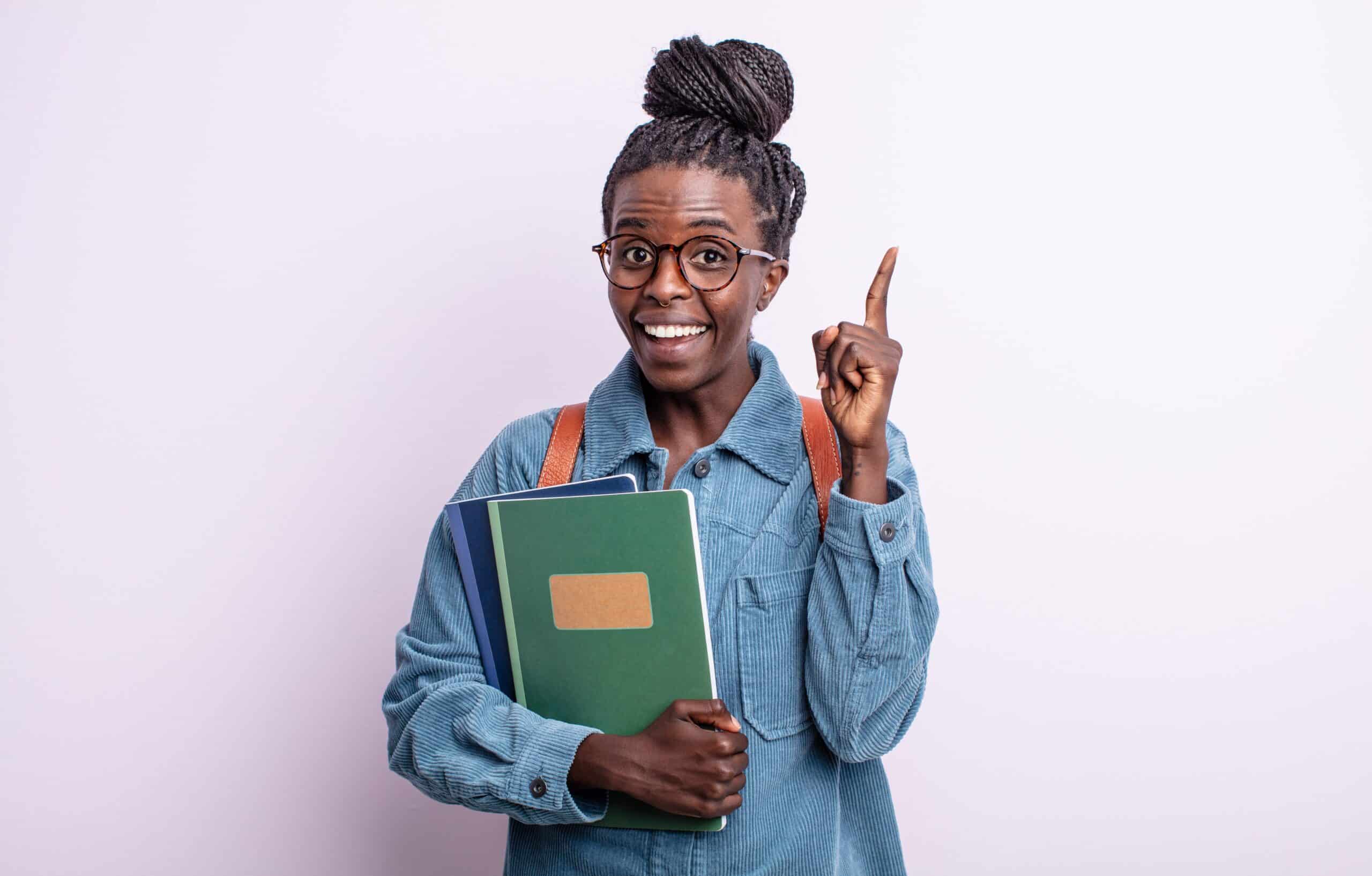
Work While Studying in the USA and After Graduation
Are you thinking about studying abroad in the United States of America? In this article, we’ll examine your possibilities of working while studying in the USA and how to gain work experience after you graduate.
Consider the degree you want to obtain first. In the US, colleges and universities provide bachelor’s and master’s degrees. Less popular alternatives include diplomas and graduate certificates.
We’ve outlined your study abroad timeframe and the potential evolution of your employment prospects below. We’ll start with your enrollment as an international student and wrap up with some tips on how you might prepare to apply for citizenship in the future.
ALSO READ: 5 Cybersecurity Tips for International Students
Working and Studying in the USA
You’ll first sign up for a post-secondary course of study. F-1 visas (for academic students) or M-1 visas are typically used by foreign students to enter the US (for vocational students). You must apply to a college or university that has been authorized international student admission by the US government.
Students on F-1 visas may not work off-campus during their first year of studying in the USA. But students on F-1 visas are permitted to work:
- Up to 20 hours a week during ordinary full-time semesters,
- Up to 40 hours per week during regular holidays like the winter and summer break,
Here are the three categories of off-campus work available to F-1 students after the first academic year is over:
- Curricular Practical Training (CPT)
- Optional Practical Training (OPT) can be completed either during or after a student has finished their program
- Science, Technology, Engineering, and Math (STEM) Optional Practical Training Extension (OPT).
However, any student that holds an M-1 visa can only start practical training after their graduation. Off-campus training must be related to the field of study for both F-1 and M-1 students. The Designated School Official of their institution and USCIS must authorize all training.
We advise looking for jobs long before graduating because international students only have a short window of time to find post-graduation work.
ALSO READ: 5 Types of Exams You Need to Study in the USA
How Does OPT Operate Before/ or After Studying in the USA?
Before or after studying in the USA you have the right to participate in OPT (Optional Practical Training) for up to 12 months before and/or after completing your academic degree if you are able to find full-time employment in your field. In other words, you don’t need a new visa to work in the United States for a short while.
However, the maximum of 20 hours of work per week still applies when school is in session. Any time spent on OPT while still in school counts towards the maximum 12-month allowance. When is on break for the summer, you are permitted to work full-time 40 hours a week.
As a student, you have the option of finishing your OPT full-time or part-time during and/or after your academic program. Whatever option you select, keep in mind that you will lose your right to OPT after graduation if you use up all of your OPT time while studying.
Did you complete a study program from one of the STEM Designated Degree Programs List? You can be eligible for a 24-month extension to your post-graduation OPT. For further information, see the US Citizenship and Immigration Services’ STEM OPT page
Applying for Work Visas Before/ or After Studying in the USA
While you are on an F-1 student visa, your employer has the opportunity to file for an H1-B visa on your behalf. They might carry out this action while you are on OPT or afterward.
They might carry out this action while you are on OPT or afterward. For new foreign workers, the H1-B visa is a visa lottery.
There is a yearly cap of 65,000 H1-B visas granted, and graduates with a master’s degree (or higher) from a US academic institution are eligible for 20,000 additional. However, there are more applicants than the available spots. A lottery is used to issue H1-B visas because 308,613 people registered for the financial year 2022.
After studying in the USA you can stay and work in the US for up to three years if you are granted an H1-B visa. Although this period may be extended, it typically cannot exceed six years. Your employer has can take other visa routes if your H1-B is not granted.
It’s important to note that you might be able to obtain a cap-gap extension if you currently hold an F-1 student visa, and have filed an H1-B petition and change-of-status request, but your F-1 status will end before your request for change of status is approved.
Deciding to Stay After Studying in the USA
Your employer may submit an application for a Green Card on your behalf while you are employed in the US on an H1-B visa (Permanent Resident Card). You can remain permanently and work if you have a green card after studying in the USA. Individual Green Cards, on the other hand, must be renewed after 10 years.
Patience is key when applying for a Green Card. The processing time ranges from four to seven months. You can stay in the US while your status is pending.
As you prepare for your journey as an international student, we hope that this timeline and the information on working and studying in the USA will be helpful. If you need help with your study abroad application processing kindly click here.





